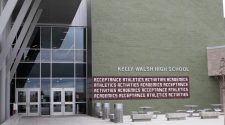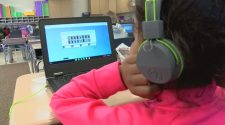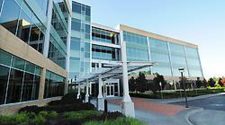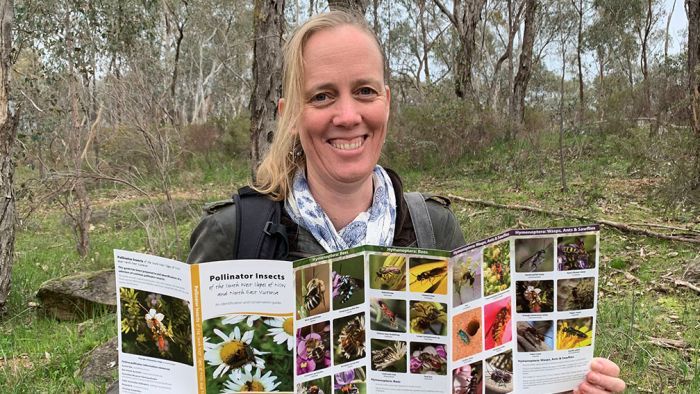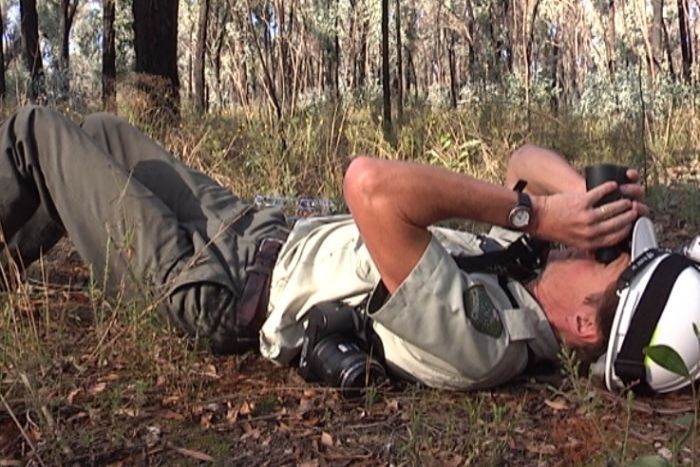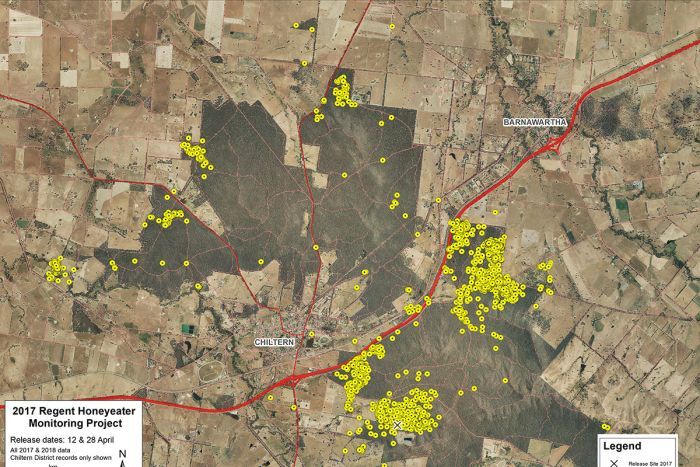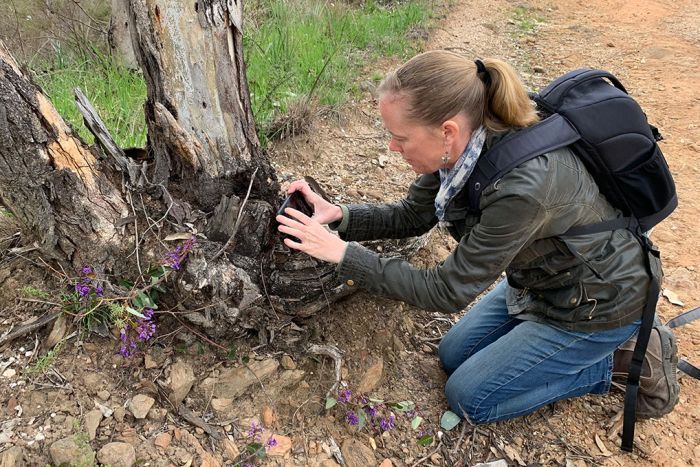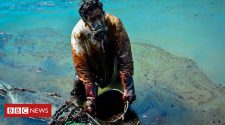Posted
Photo:
Karen Retra started counting pollinators in her backyard about 10 years ago. (ABC Goulburn Murray: Allison Jess)
Science is increasingly relying on data collection from citizens to fill in the gaps on data collection, with advances in technology clearing the way forward.
This year, the Australian Museum’s Frog ID app won a Department of Industry, Innovation and Science Eureka Prize for Innovation in Citizen Science.
In more than 18 months, Australians from across the country uploaded around 100,000 frog records via the app on their phone.
This information will help biologists understand frog behaviour and ultimately help with their conservation.
In Albury–Wodonga on the NSW–Victorian border, a rise in technology — particularly apps on phones — has seen more and more locals take on the citizen scientist role.
Citizen scientist Karen Retra started counting pollinators in her backyard about a decade ago.
Ms Retra, who uses the iNaturalist app, said the volume of apps put on the market in recent years had allowed people to upload information that could be shared and verified faster than ever.
She said in the case of insects there was not a lot of information available about histories, locations, and behaviours.
“It’s unlikely that we are ever going to fund the science or surveys required to fill those gaps, so citizen science is an opportunity for people like me to share what we see and add to a database of knowledge,” she said.
Ms Retra said data collected by citizen scientists was quite different to the type of data scientists might collect.
“The distinction gets made between someone who is paid to do a science and people who collect data that can be used for science, but are unpaid,” she said.
“Often it’s an amateur or someone who is doing it for a hobby, but that data is equally important and, in many cases, quite different to the sorts of data that scientists might be collecting.”
Ms Retra said no day was the same on the citizen scientist trail.
“It’s a fantastic break from the business of everyday life, it makes you look at the world in that bigger picture, and you feel that connection to nature,” she said.
Working together
Glen Johnson, a natural environment program officer for the Department of Environment Land Water and Planning (DELWP) Hume Region, said apps on phones were responsible for gathering “more information than ever before” on the critically endangered regent honeyeater.
Mr Johnson said citizen scientists helped DELWP gather data through a captive release community monitoring project, which is part of the government’s National Regent Honeyeater Recovery Project.
Photo:
DELWP’s Glen Johnson has been working with volunteer citizen scientists for more than 10 years to help track the regent honeyeater. (ABC Goulburn Murray: Allison Jess)
The project included raising birds in captivity and releasing them in the Chiltern-Mt Pilot National Park, hoping they would breed in the wild and help the population increase.
“We learn a huge amount from radio tracking and it gives us the best chance of showing what habitat and vegetation types they need and use,” Mr Johnson said.
The project had come a long way since it began with volunteers using pen and paper to collect data.
“We had a number of birds in each of the releases that we attached a radio transmitter to, so we could monitor the survival, the movement, the habitat uses, and the pairing and the breeding success of these birds,” Mr Johnson said.
“Our citizen scientists were equipped with a GPS and pen and folder, so when a bird was found volunteers would complete a form with details about location, what birds were seen [through a leg band combination], and what the bird was doing.
“It could be problematic. It was a paper-based process, so if it was raining it would be hard to keep the paper dry and do all this.”
In 2017 the project moved to a mobile-based program app that provided real-time data.
“Location is done automatically, and it massively reduces the need for double handling of data and work at the end of the day, so no putting data back into spreadsheets,” Mr Johnson said.
“We were only able to get this information because we are heavily reliant on citizen scientists to help us undertake surveying and monitoring.”
Photo:
Map from the regent honeyeater monitoring project shows where some of the birds were spotted in 2017. (Supplied: Department of Environment, Land, Water and Planning)
Mr Johnson said working with volunteers had benefits beyond the data gathering.
“We get advocates in the process and there is a mutual learning and mutual respect for having been collaboratively involved in the data collection,” he said.
“It’s an illustration of what citizen scientists’ apps are perhaps all about — to make it easy and simple for the user.
“If you can do those things you are more likely to get citizen scientists taking up whatever it is you are trying to survey or monitor.”
Database of knowledge
Senior lecturer of environmental education at Charles Sturt University’s Thurgoona campus John Rafferty said the growing popularity of citizen science was due to a number of factors.
“I think there is a general shift in understanding of the environmental disaster that could be facing us, a general increase in community interest in science literacy, and a different attitude from within the science academy including universities acknowledging skills and talents within the community,” Dr Rafferty said.
He said citizen scientists had been around for a long time but recent advances in technology had seen an increase in participation and confidence in the validity of information shared.
“Any science project lives and dies on the quality of the data, so having people understanding and doing data collection correctly is really important and technology has enabled us to do that,” he said.
Dr Rafferty said apps like the Australian Museum’s Frog ID made it easy for people to validate information.
“You can record frog calls and send it to them for verification, your location can be automatically logged, it picks up what area you are in, and gives you a list of species you could expect to hear it that area,” he said.
“If we notice there are three of four species of frog in a particular area reducing, maybe due to a new housing estate, factory or highway, there are a number of investigations that we can do once we see the data and trends.”
Photo:
Karen Retra says every day is different on the citizen science trail. (ABC Goulburn Murray: Allison Jess)
Dr Rafferty expected the citizen scientist community to continue to grow in number.
“Technology has enabled people to get good information and provide valid data really easily. I think we are going to see more of it,” he said.
Topics:
science-and-technology,
animal-science,
botanical-science,
earth-sciences,
science-awards,
internet-technology,
computers-and-technology,
community-and-society,
volunteers,
albury-2640,
wodonga-3690




